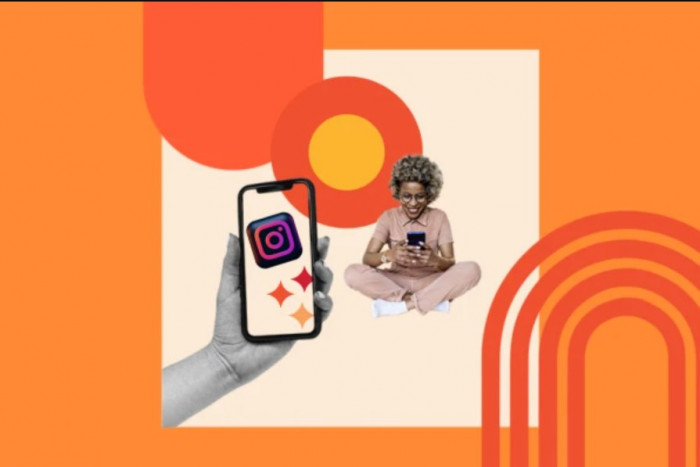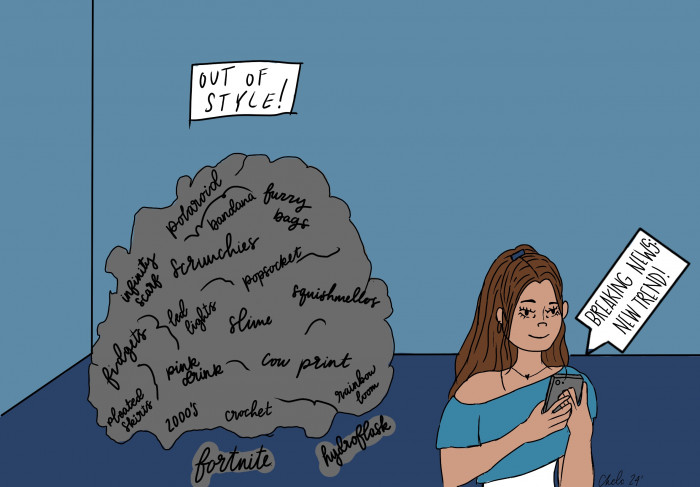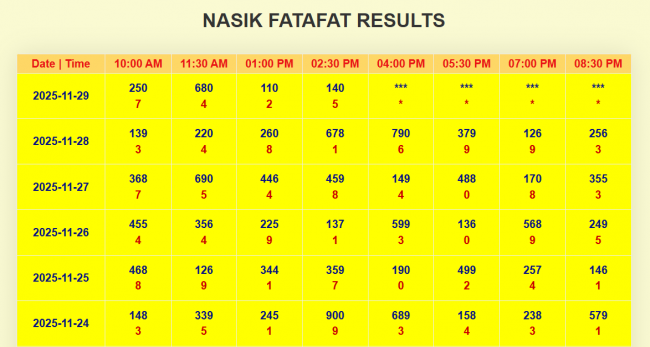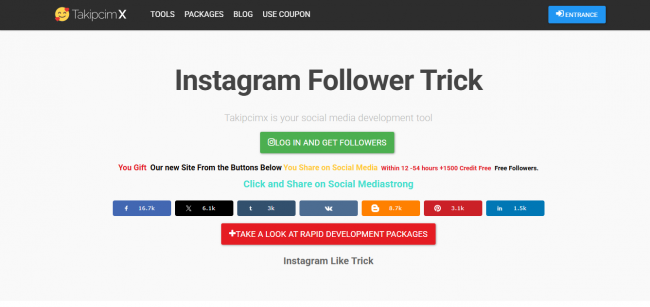The Blink-and-Miss World of Trends
Think about the last time you saw something go viral, maybe a TikTok dance, a slang word, or a clothing style. You blinked, tried to figure out what it was, and by the time you understood it, the internet had already moved on. Trends don’t just fade anymore; they evaporate. What used to stay relevant for seasons now barely survives a week.

This isn’t simply about “short attention spans.” It’s about the way technology, culture, and consumer habits feed into each other, speeding up the rise and fall of what’s considered “in.”
From Fashion Cycles to “Microtrends”
Not too long ago, fashion trends followed predictable cycles. A look would dominate for years before slowly making way for the next. Today, we don’t see cycles; we see spikes. Microtrends, those tiny bursts of popularity like mushroom-shaped lamps, “coastal grandmother” outfits, or oddly specific color palettes like “millennial pink,” explode and fade before most people even encounter them.

The difference is scale and speed. Platforms like TikTok, Instagram Reels, and YouTube Shorts spread ideas globally in hours, not months. That global visibility creates demand, but it also exhausts the novelty. By the time something reaches your screen, it may already be in decline because the early adopters have moved on.
Oversupply Kills the Magic
Another reason trends burn out fast is oversupply. The minute something gains traction, fast-fashion brands, knockoff manufacturers, and even big retailers rush to capitalize. A handbag style, for example, can go from runway to mass-produced in weeks.
That means everyone has access to it, which, paradoxically, makes it less desirable. Scarcity used to make trends powerful. Now, abundance makes them disposable. When everyone has the same “it” product, people start searching for what’s next.
Internet Memory Is Too Good
There’s another overlooked factor: nothing really disappears online. Every style, meme, and phrase lives forever in digital archives. This permanence makes new trends feel less special because they’re constantly competing with old ones.
Think of it this way: in the 90s, you couldn’t instantly replay a cultural moment unless you caught it on TV again or bought a magazine. Today, everything is accessible on demand, so our threshold for “newness” keeps getting higher.
The Economics Behind Fast Fading
Trends also move faster because the economy around them depends on it. Influencers earn money from sponsored posts only if they appear “ahead of the curve.” Brands sell more when consumers feel their current choices are already outdated. Even platforms benefit, because constant trend churn keeps people scrolling for the latest thing.
This creates a cycle where no one benefits from stability. A steady trend means less engagement, fewer sales, and fewer clicks. So the system pushes for collapse and renewal, over and over.
What This Means for Us
Living in a world of vanishing trends can feel exhausting, but it’s also freeing. You’re not meant to catch them all, and you don’t have to. Recognizing that most trends are designed to fade can help us focus on what truly resonates with us rather than what’s momentarily popular.
It also explains why personal style, long-term hobbies, and timeless ideas still hold weight. They stand in contrast to the churn, grounding us while everything else races ahead.
Thoughts
Trends today are like sparks: bright, fascinating, and gone before we can name them. The faster they disappear, the more obvious it becomes that they’re not meant to last. And maybe that’s the point, not to collect every passing flame, but to decide which ones are worth keeping lit.










Comments